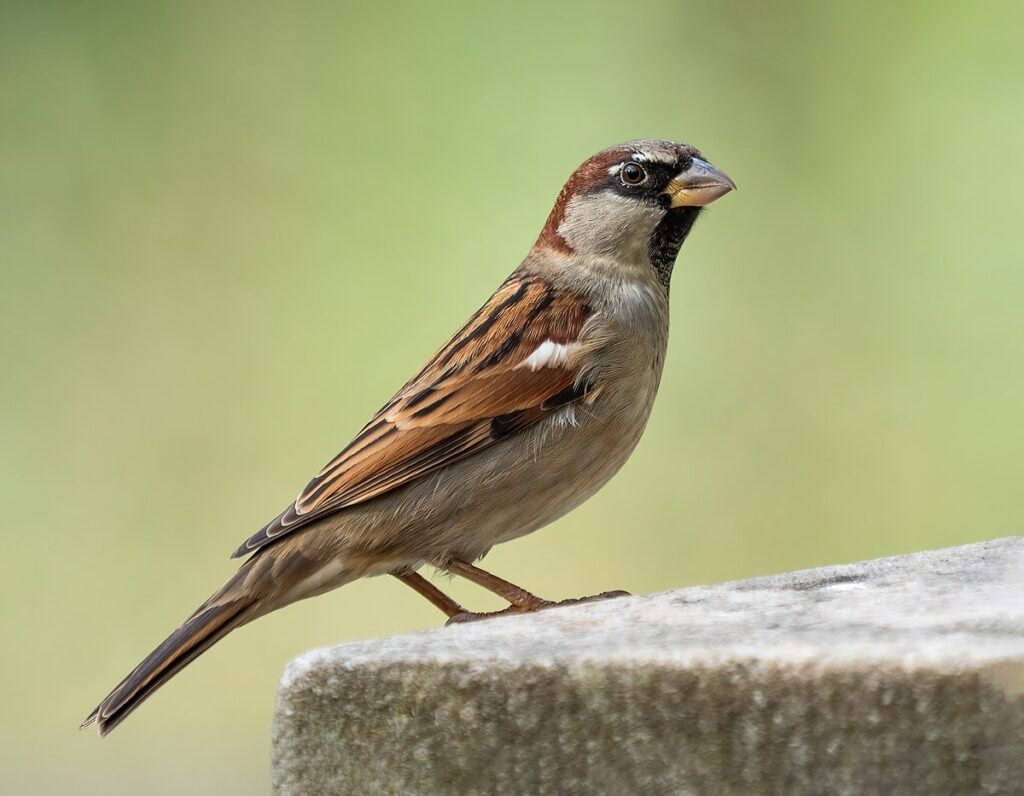Save Goraiya
Save Goraiya”: A Call to Preserve Biodiversity and Ecological Harmony Goraiya, a small yet vital creature in the intricate web of our ecosystem, is facing unprecedented threats that demand urgent attention and concerted efforts for its preservation. In the quest for progress and development, human activities have inadvertently jeopardized the delicate balance of nature, putting the existence of species like Goraiya at risk. This humble bird, often overlooked, plays a crucial role in maintaining the ecological equilibrium, and its dwindling population signals a broader crisis that requires immediate intervention. The Goraiya, or house sparrow, is a familiar sight in urban and rural landscapes alike. For generations, its cheerful chirping and busy presence near human settlements have been synonymous with the ebb and flow of daily life. However, recent years have witnessed a drastic decline in Goraiya populations, sparking concerns among environmentalists, scientists, and the general public. Various factors contribute to this decline, and understanding them is crucial in formulating effective conservation strategies. Urbanization, with its sprawling concrete jungles, has transformed natural habitats into concrete landscapes. The rampant construction of buildings, roads, and other infrastructure leaves little room for the small green patches that Goraiya relies on for nesting and foraging. The disappearance of these green spaces disrupts the bird’s breeding and feeding habits, leading to a decline in their numbers. Pesticide use in agriculture poses another significant threat to Goraiya populations. The chemicals employed to protect crops inadvertently harm these birds, affecting their reproductive capabilities and overall health. As the use of pesticides intensifies to meet the growing demands of a burgeoning population, Goraiya pays a steep price for the agricultural revolution. Climate change further compounds the challenges faced by Goraiya. Altered weather patterns, extreme temperatures, and unpredictable rainfall affect the availability of food and water sources, pushing these birds to adapt to an increasingly hostile environment. Such adaptations, however, come at a cost, often resulting in weakened immune systems and reduced survival rates. To “Save Goraiya,” a multi-faceted approach is imperative. First and foremost, raising awareness about the importance of Goraiya in maintaining ecological balance is crucial. Education campaigns at schools, community events, and social media platforms can help instill a sense of responsibility and urgency among the general public. Urban planning policies must be re-evaluated to incorporate green spaces and wildlife corridors, ensuring that Goraiya and other species have the necessary habitats to thrive. Community involvement in planting trees and creating bird-friendly spaces can contribute significantly to the revival of Goraiya populations. Regulating pesticide use and promoting sustainable farming practices are essential steps in mitigating the impact of agricultural activities on Goraiya. Encouraging organic farming, implementing integrated pest management strategies, and providing incentives for eco-friendly practices can help strike a balance between agricultural productivity and biodiversity conservation. International cooperation is also paramount in addressing the global issue of climate change. Efforts to reduce carbon emissions, protect natural habitats, and promote sustainable energy sources are vital components of a comprehensive strategy to safeguard the habitats of Goraiya and countless other species. In conclusion, the call to “Save Goraiya” is not merely a plea for the survival of a single species; it is a rallying cry for the preservation of biodiversity, ecological harmony, and the overall health of our planet. The fate of Goraiya is intricately linked to our actions, and by taking collective steps to address the root causes of its decline, we can pave the way for a more sustainable and balanced coexistence between humans and nature.


